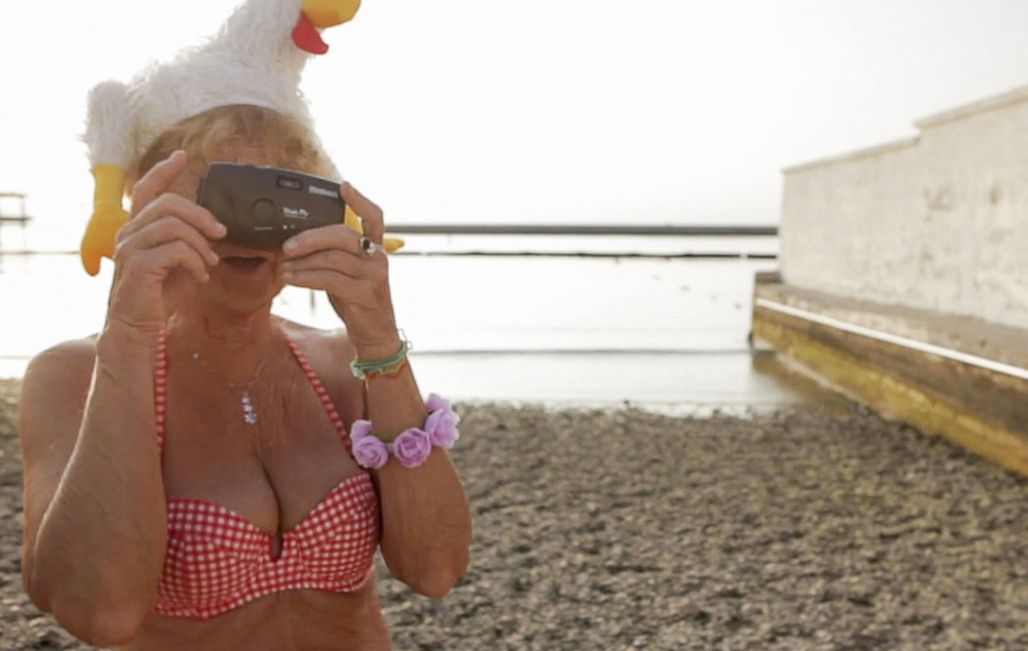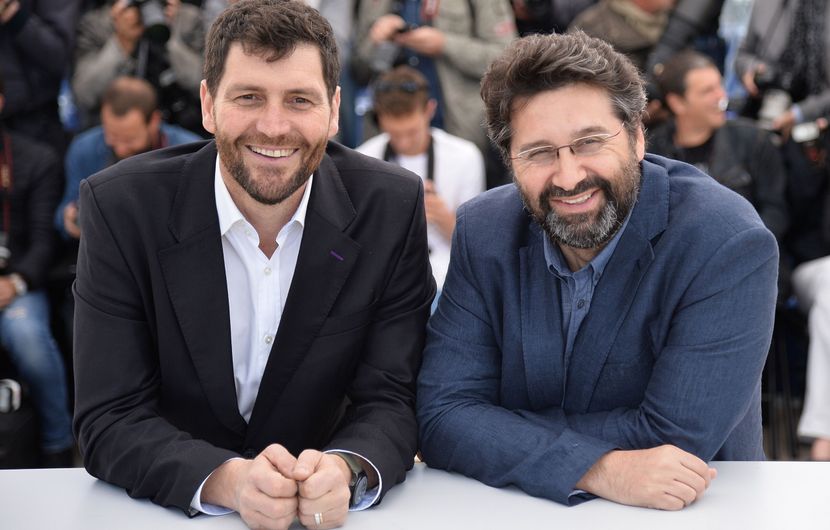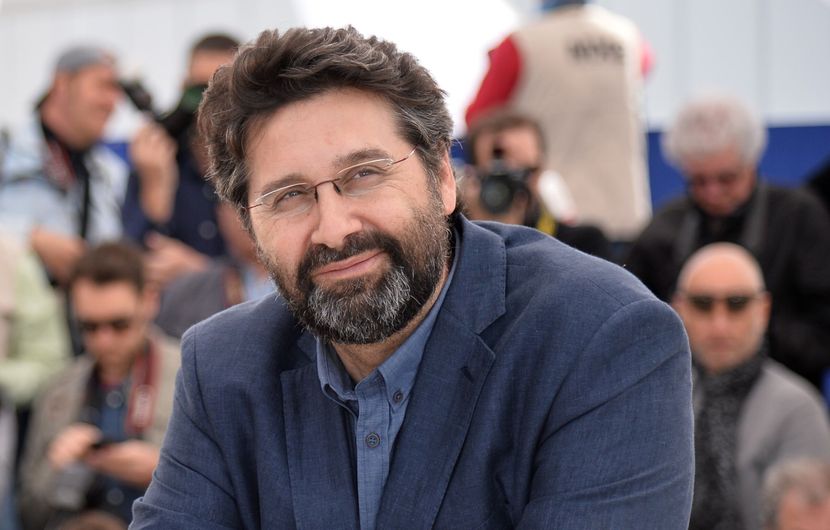
L’Ultima Spiaggia (On the Beach): exploring the outer reaches of the soul

Men on one side, women on the other: for a whole year Davide Del Degan and Thanos Anastopoulos trained their cameras on a beach near the Italian city of Trieste, where the bathers are separated by a wall. Their aim: to explore the themes of identity and the frontiers of the soul.
Beyond the wall dividing it in two, what's the most striking thing about this beach when you come across it for the first time?
DDD: After even a short time there you come to understand that the place is as unusual as the people who frequent it. It all harks back to the history of the region: a desire for freedom mixed with a strong sense of belonging. The beach is a place where people rediscover their identity.
TA: Its layout immediately called to mind the themes of frontiers, discrimination, national and sexual identities. A beach is a form of institution, with its own socio-political structures. And this wall, right in the middle of a European beach in 2016, raises questions about even our most basic principles.
What sort of microcosm did you discover there?
TA: Trieste is a sort of abortive New York, largely due to the events of the First and Second World Wars. It's a multicultural place – an Italian city with Austrian, Balkan, Greek and Jewish influences. A city where no one feels like a foreigner because everybody is one, in one way or another. A city of frontiers, which raises questions about the definitions of words like "origin", "identity" and "belonging". Every member of the community who comes to this beach on a daily basis is looking to find their little place in the sun. And there on the beach, there is only one response: humanity.
“The structure of the script gradually emerged as the filming continued.”
How did the year of shooting go?
DDD: We first arrived in November. Right from the offset, we were surprised by how naturally and openly people told us their stories, and the story of the resort city itself. We explained our project on both sides of the wall, and our intention to proceed discreetly. We began by filming alone, trying not to invade people's space as far as possible – which was made easier by our light materials. We spent a few months that I'll never forget – especially in the summer – all those hours in the scorching sun. We heard an incredible number of stories on both sides of the wall.
TA: The rules were simple: to film throughout the four seasons, without following a single character away from the beach. And without interviewing or directing them, or asking them to do anything at all specifically for the film. We asked permission to film them and if they refused, we stopped the camera whenever they appeared in shot. We didn't want to develop an angle on their psychology either. The structure of the script gradually emerged as the filming continued.
The film also raises questions about human nature…
DDD: You're right. For us the film was a journey in search of the inner and outer limits of the soul, which is both surprising and unpredictable.
TA: When the film was still in its early stages, in 2013, I had the impression we were filming the last "wall" in Europe. I then realised with a slight sense of disquiet that we are presenting this film at a time when other invisible "walls" have been raised all around us. But human nature is capable of surviving the darkest hours, and that fact restores my faith in humanity as a whole.
“A kaleidoscope of characters and suspended stories, bound together and interlinked, and capable of surprising us in every way.”
Why do the locals continue to tolerate this wall?
TA: For the people of Trieste, it represents one of the city's few surviving links to the Austro-Hungarian Empire. It symbolises a historic remnant and strengthens the city's sense of belonging. It harks back to a place that's disappeared – a period when Trieste had nothing to envy New York.
DDD: The paradox of this wall is the freedom it carries within it. The men and women on this beach feel free to experience things that can't be found on other beaches, or perhaps at other moments of their lives.
The documentary adopts the form of a narrative without interview. Can you explain this choice?
DDD: In emotional terms it was a restrictive choice to make, but the alternative would have been an immense waste of time. Remaining at a distance was the only way we could tell this story. We had no idea what people or stories we would find on the beach. But over time we came to see that we were looking at a multitude of colours, shapes and different amounts of emotion. We thought of it as a kaleidoscope of characters and suspended stories, bound together and interlinked, and capable of surprising us in every way.
Why did you call the film L’Ultima Spiaggia?
TA: In Italian "essere all'ultima spiaggia" ("to be on the last beach") is an expression meaning a last resort, a last hope, a last chance or a last possibility.





